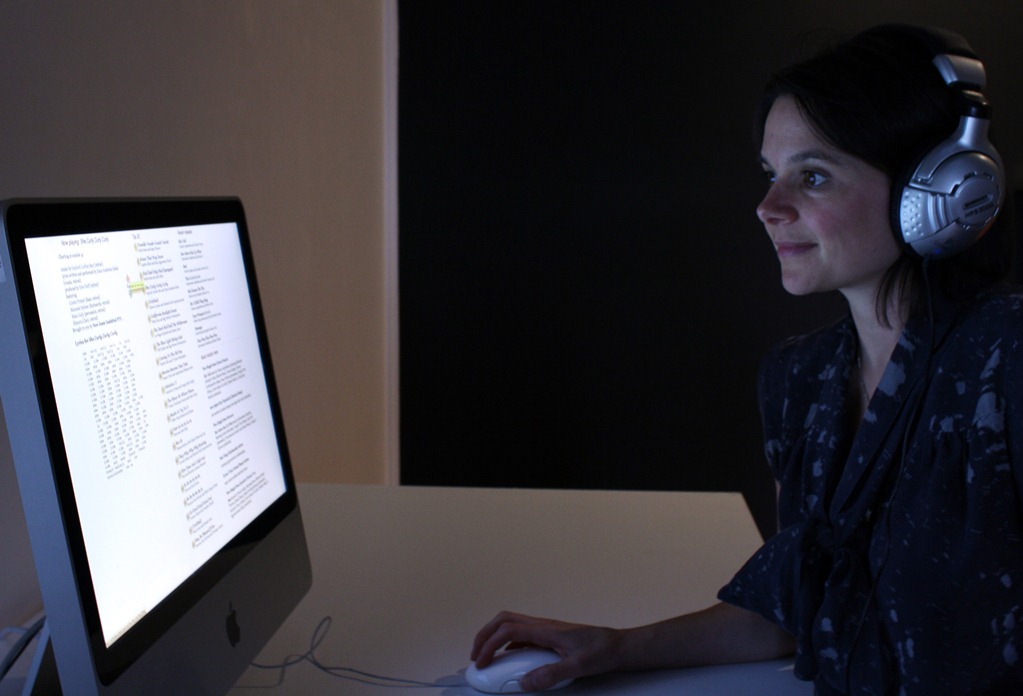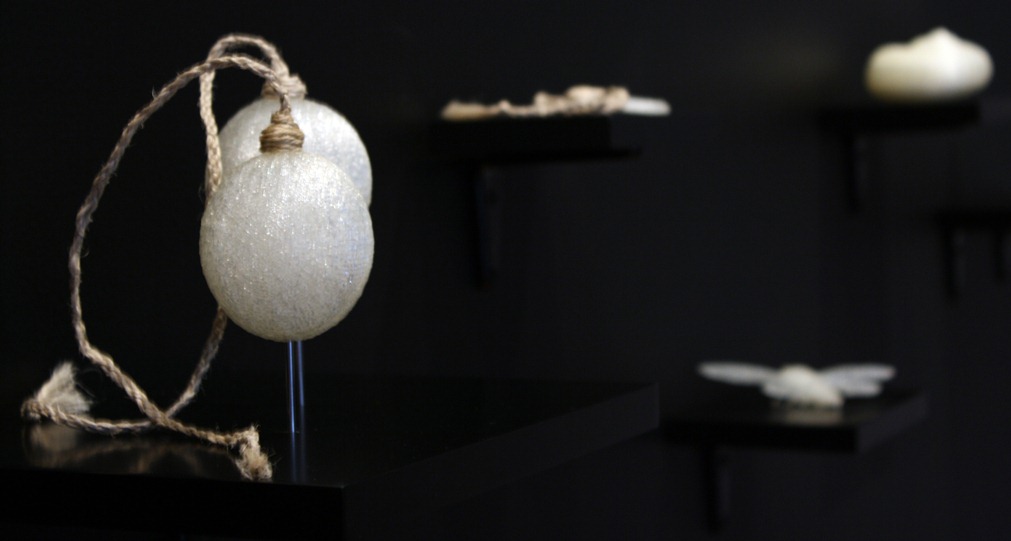Social Interface exhibition opens at Ramp
A new exhibition exploring the relationship between technology and communication opened at Wintec’s RAMP gallery this week.
A new exhibition exploring the relationship between technology and communication opened at Wintec’s RAMP gallery this week.
Exhibition curator, Ms Melanie Oliver, said Social Interface looks at the connection between technology and art that uses participation.

The exhibition brings together three projects that activate and reflect the interrelationships between communication and technology and features work by Douglas Bagnall, Bronwyn Holloway-Smith, Vaimaila Urale and Johann Nortje.
Douglas Bagnall’s ‘Music Industry Simulator’ was first conceived nearly 10 years ago through a digital artist residency at the University of Waikato and emulates the fickle economic underbelly of the music industry.
For ‘Ghosts in the Form of Gifts’ (2009), Bronwyn Holloway-Smith created Open Source files and objects that are replicas of artifacts imagined as lost from the Museum of New Zealand, making them available under a Creative Commons license.
Taking other patterns and forms that have communal ownership, ‘Typeface’ (2012) is a collaborative work by Vaimaila Urale and Johann Nortje that animates digital versions of Polynesian mark making in response to physical audience interaction.
Each of these projects incorporates technology as a fundamental aspect of contemporary communication, revealing its centrality to our sociopolitical structures.

“They all have quite a different back story behind them so I really want to think about them as thinking about technology and communication together,” Oliver said.
Douglas’ work is a model of the music industry and you can vote for the songs here.
“It is built by algorithms and they can learn over time so if more and more people are voting for something that goes BOOM BOOM BOOM, it’ll start learning that people like BOOM BOOM BOOM songs and it won’t make any soft, gentle songs,” Oliver said.
The exhibition runs till 16 May.




